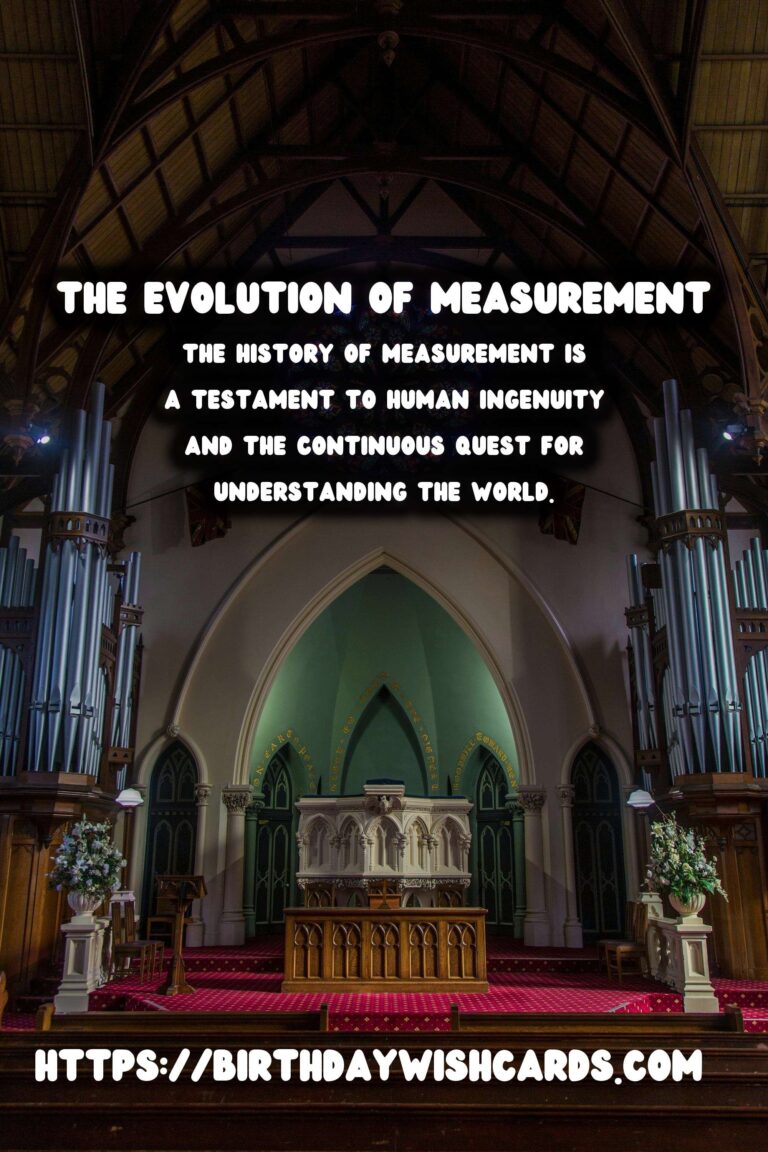
Throughout history, measurement has played a crucial role in the development of human civilization. From the earliest days of humanity, the need to quantify and measure the world around us has driven scientific and technological advancements. This article explores the fascinating journey of measurement, beginning from ancient practices to their evolution into the sophisticated systems we use today.
Ancient Measurement Systems
The need for measurement likely arose out of the practical necessities of agriculture and trade. Ancient civilizations, such as the Egyptians, Mesopotamians, and Indus Valley inhabitants, developed early systems of measurement to manage these activities efficiently. Each of these civilizations had unique approaches, yet they shared common elements in their measurement systems.
The Egyptian Cubit
The Egyptian civilization is renowned for its architectural marvels, such as the pyramids, which required precise measurement techniques. The standard unit of length for Egyptians was the cubit, approximately measuring from the elbow to the tip of the middle finger of an average person. This allowed for greater consistency when constructing large-scale projects.
Discoveries in ancient Egyptian sites unveiled that their cubit rods were meticulously crafted, demonstrating the significance they placed on precision and accuracy. These measurements were integral in ensuring the stability and symmetry of their monumental structures.
Mesopotamian Systems
In Mesopotamia, measurement was closely tied to the development of agriculture and commerce. The Mesopotamians devised a system based on units such as the ‘kus’ and ‘shekel.’ These units facilitated land distribution and trade, underscoring the advanced nature of their society. Additionally, their base-60 numeric system influenced the way they structured their measurement systems, elements of which survive in our current time-keeping practices.
The Indus Valley Civilization
The Indus Valley Civilization, known for its urban planning and sophisticated water management, used standardized weights and measures. Archaeological findings suggest they had tools for linear measurement and standardized weight systems, reflecting a keen understanding of geometry and proportion. These practices were critical in sustaining their economic and architectural accomplishments.
Measurement in Ancient Greece and Rome
The Greeks and Romans further refined measurement systems, laying the groundwork for modern Western practices. Greek philosophers and mathematicians, such as Pythagoras and Euclid, made significant contributions to theoretical studies that influenced measurement.
Greek Innovations
The Greeks introduced concepts such as ‘geometry’ and advanced mathematical theories which were pivotal in improving accuracy in measurements. Their understanding of geometry was used extensively in architecture, astronomy, and various other fields, enabling a more systematic approach to measurements.
Roman Contributions
The Romans adopted and adapted Greek measurement systems to suit their extensive empire. They standardized measurements across their territories, which was essential for administration and trade. Tools such as measuring rods and the use of water clocks for time measurement illustrate their contributions to developing robust systems that influenced Europe long after the fall of Rome.
The Evolution of Measurement Systems
As societies advanced, the evolution of measurement systems saw the integration of scientific principles during the Renaissance and Enlightenment periods. The invention of precise instruments and the establishment of international standards led to the systems we recognize today.
The Birth of the Metric System
The metric system was one of the most significant advancements in measurement history, introduced during the French Revolution as a standardized system based on decimal units. This system revolutionized science, industry, and commerce by providing a universal method that simplified international collaboration and communication.
The Role of Technology
With the advancement of technology, measurement has become more precise and accessible. Devices such as lasers, GPS, and digital scales represent the ongoing evolution of measurement systems, allowing for unprecedented accuracy and efficiency in various fields.
Today, global standardization organizations, such as the International Bureau of Weights and Measures, continue to refine and improve measurement systems to meet the demands of a rapidly changing world.
Conclusion
The history of measurement is a testament to human ingenuity and the continuous quest for understanding the world. From ancient practices to modern precision, the evolution of measurement systems highlights the essential role they play in advancing societies and enhancing our quality of life.
As we continue to explore new frontiers, the tools and systems of measurement will undoubtedly evolve, driven by the same spirit of discovery that has characterized our journey so far.
Throughout history, measurement has played a crucial role in the development of human civilization. The history of measurement is a testament to human ingenuity and the continuous quest for understanding the world. 
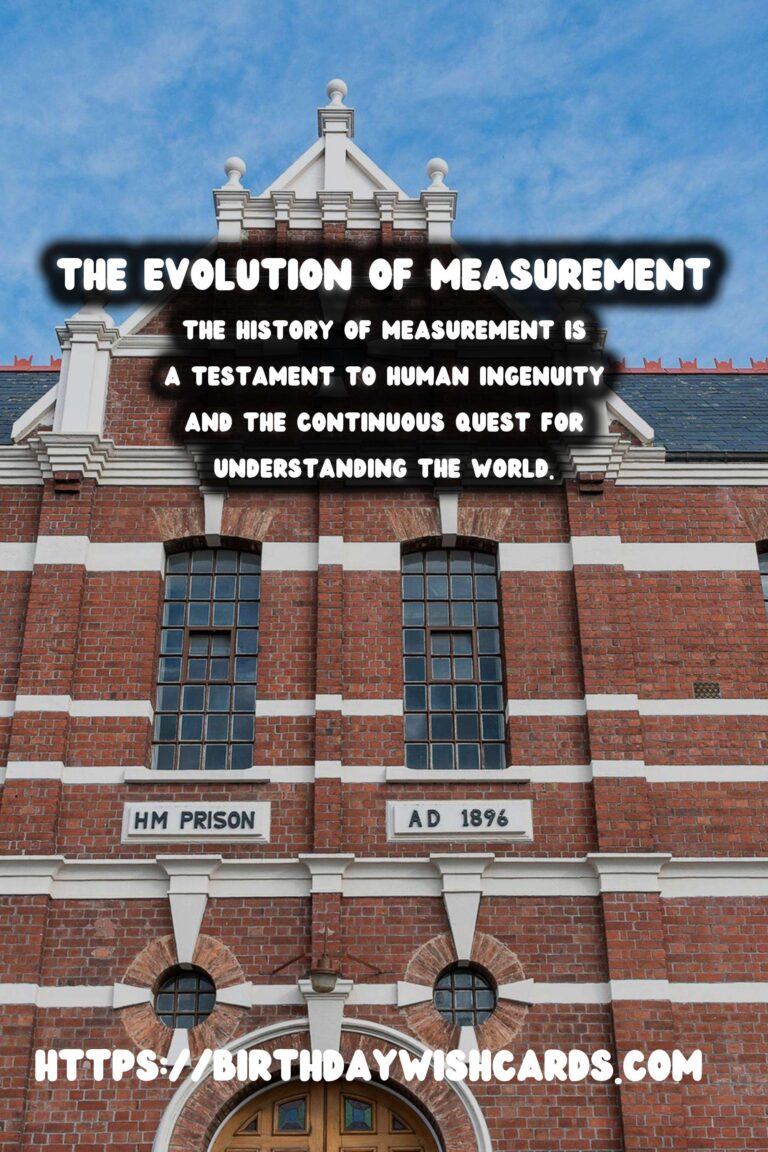
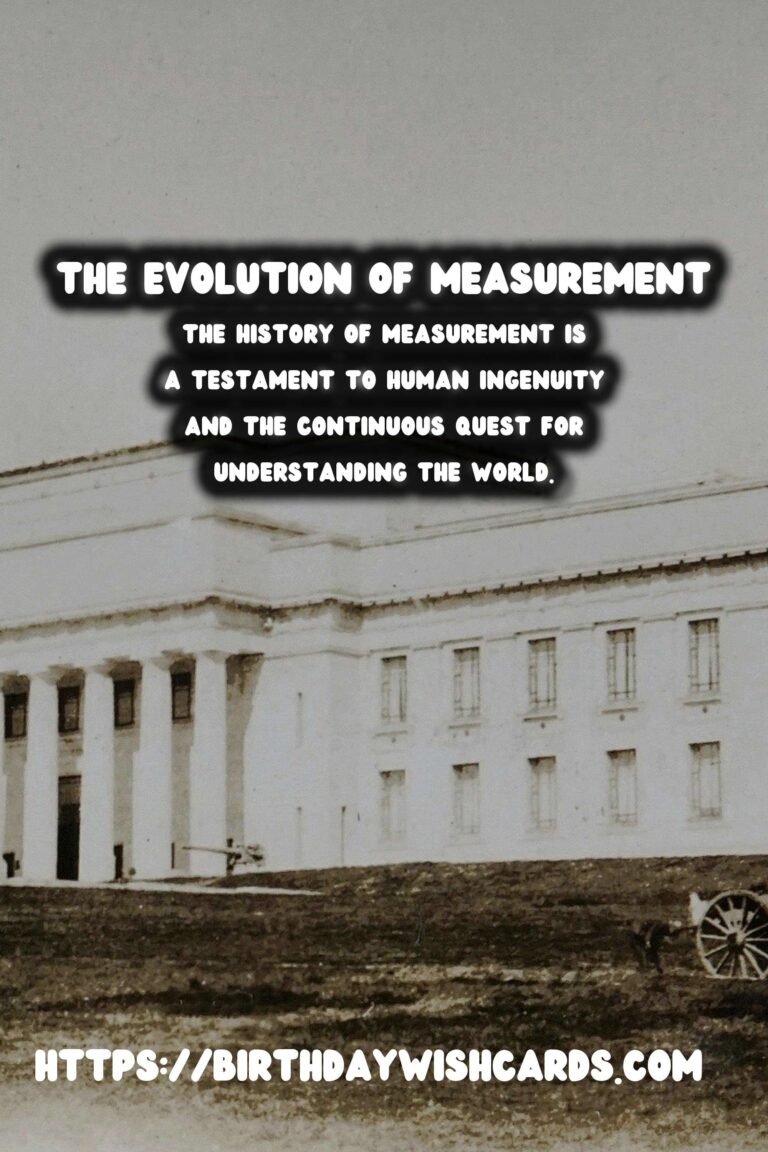
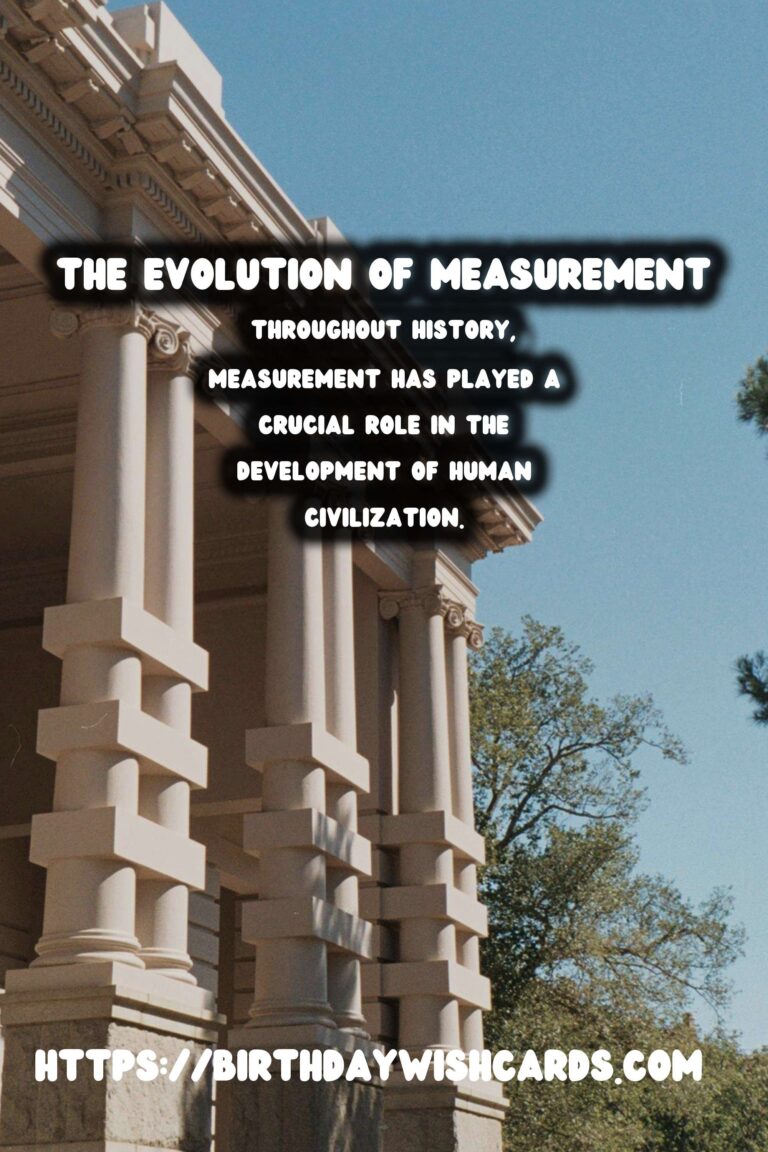

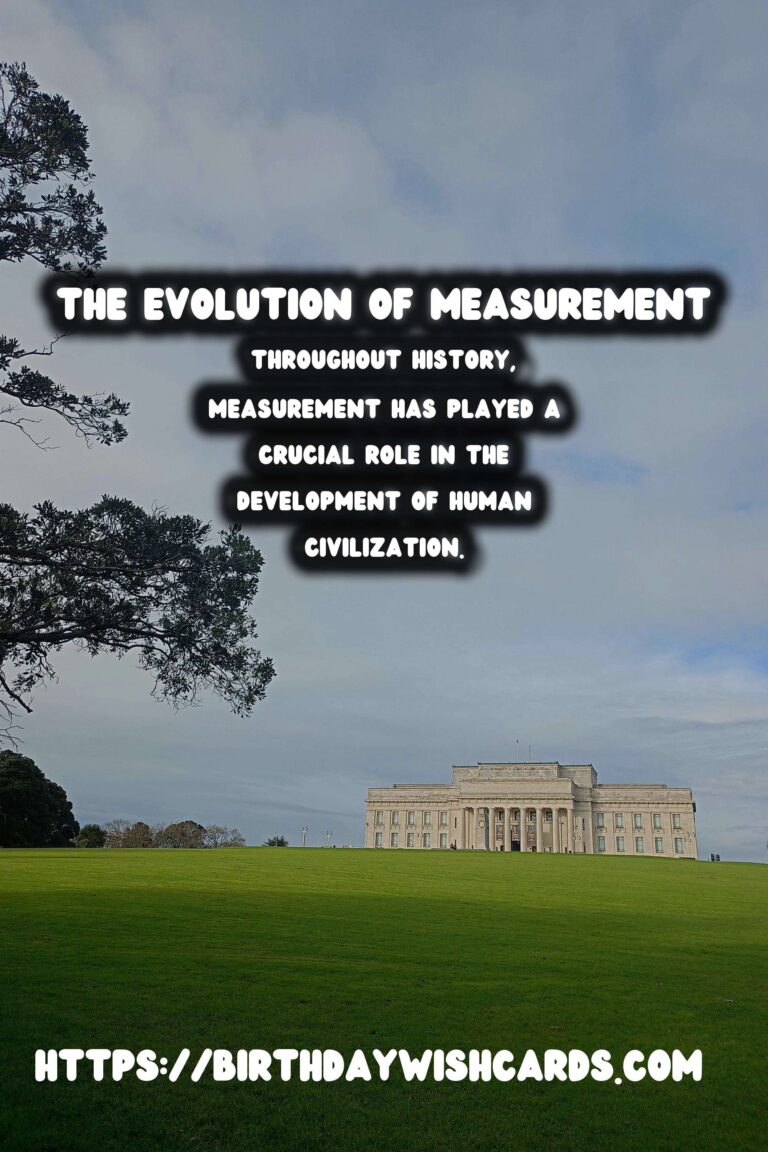
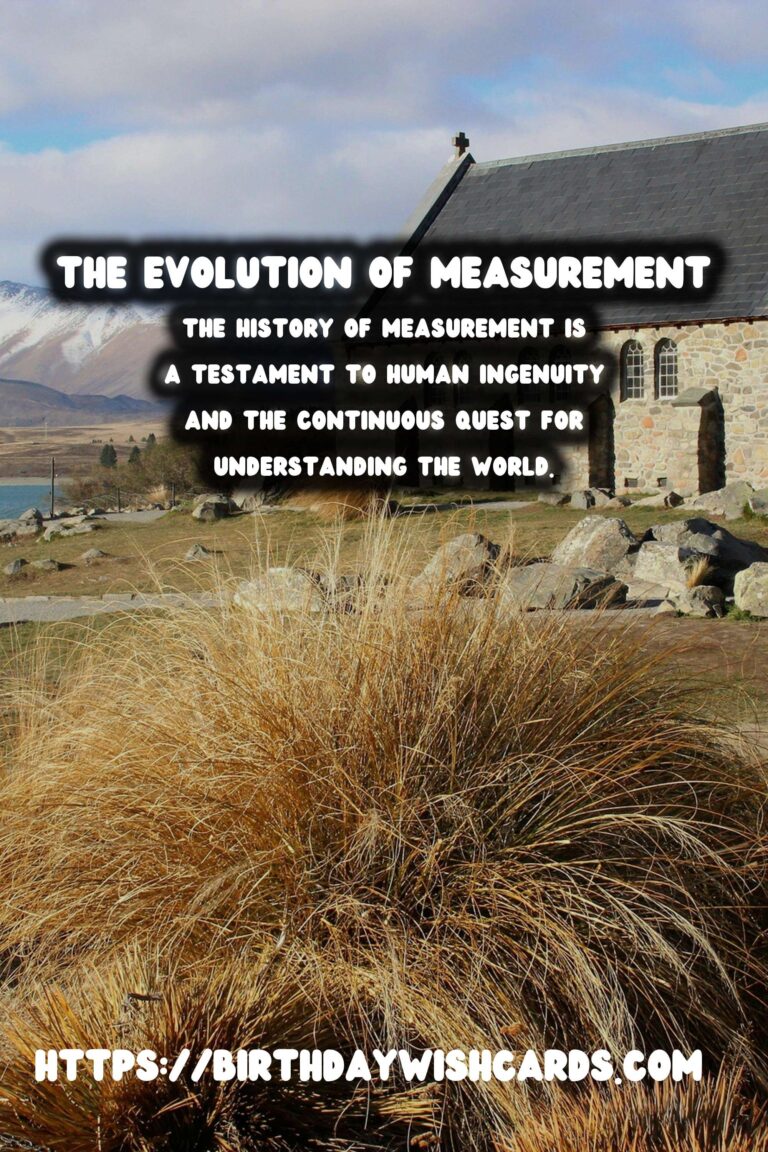
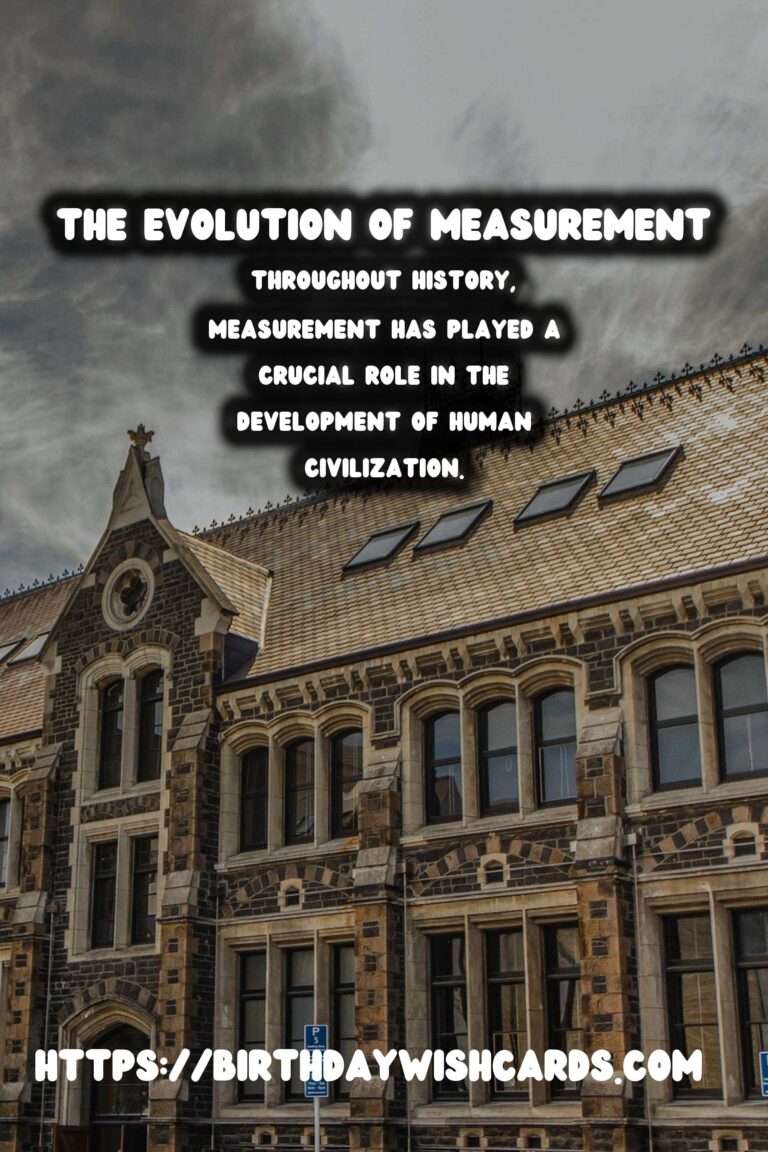
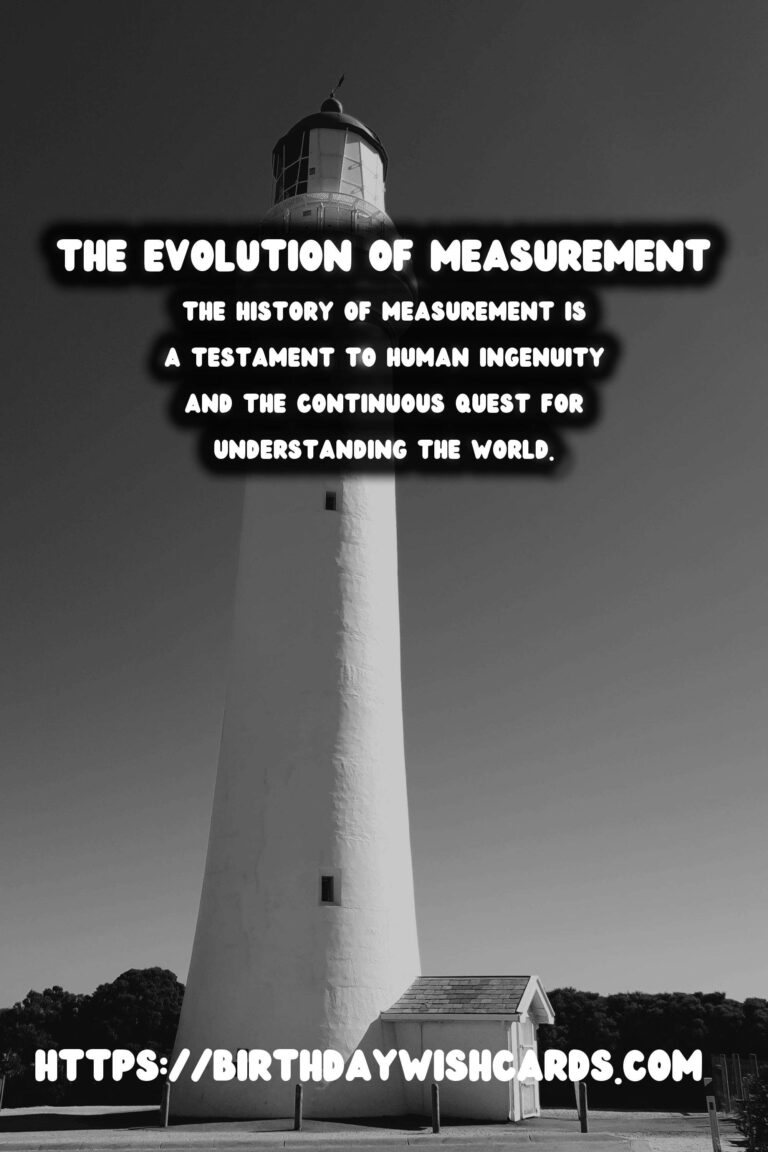
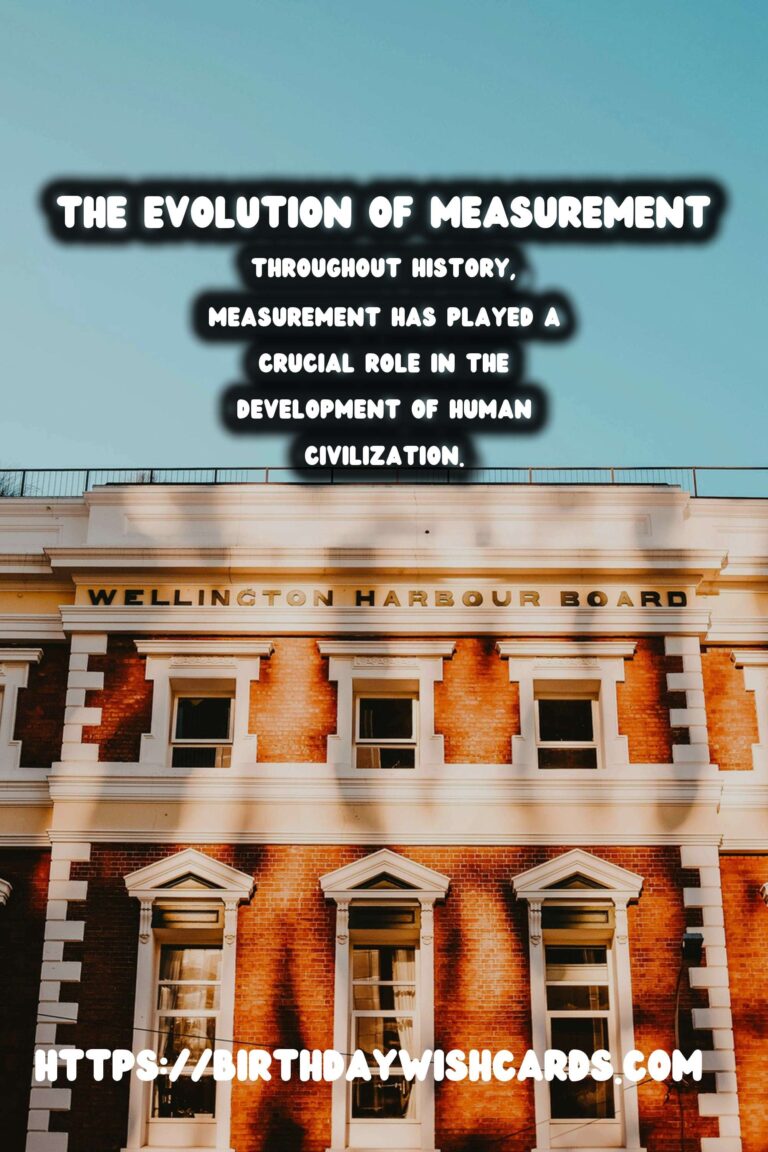
#History #Measurement



